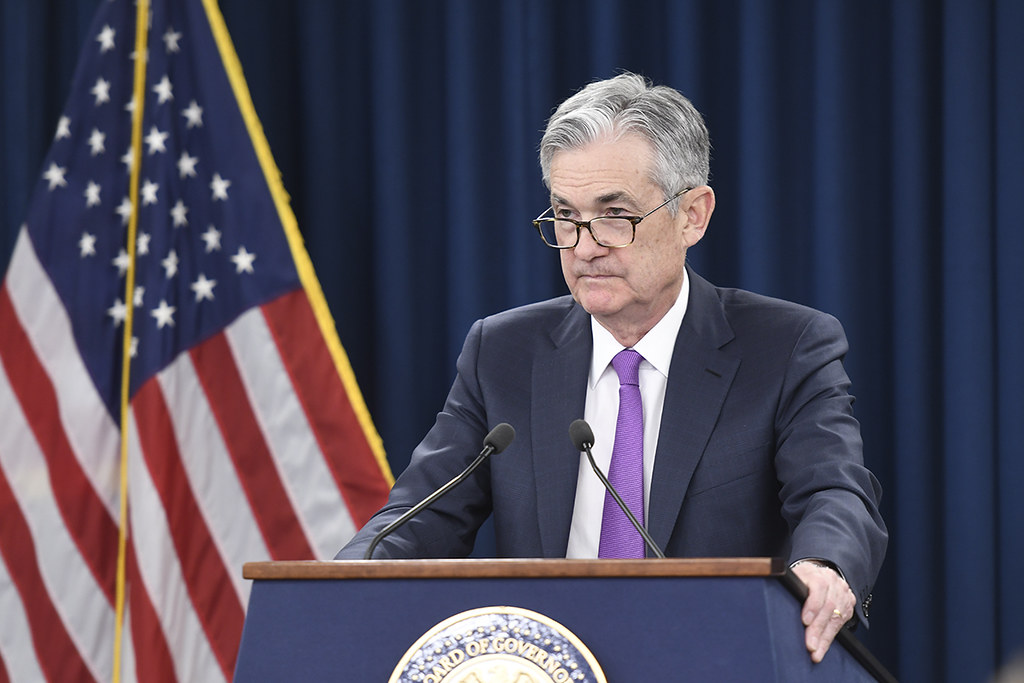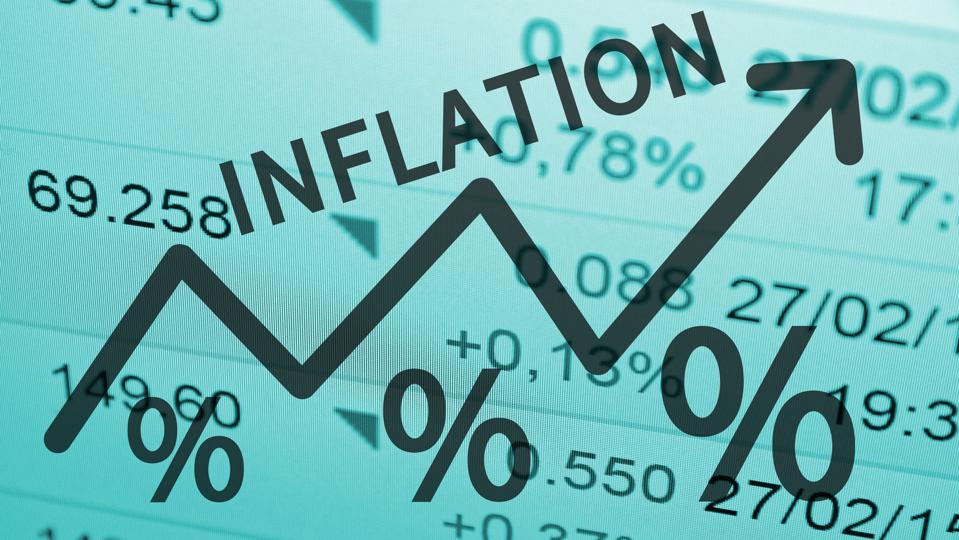It’s starting to feel less like policy and more like ritual… FOMC July 2025: July 30th, the Federal Reserve did exactly what markets expected it to do—nothing. For the fifth consecutive meeting, interest rates were held steady in the 4.25% to 4.50% range. This continued pause has become a theme as the Fed navigates a delicate balance between inflation containment and economic stability.
Context: The Calm After the Storm
It wasn’t long ago we were in the throes of the most aggressive tightening cycle in modern history. From March 2022 to July 2023, the Fed raised rates 11 times, pushing borrowing costs to levels not seen since before the Great Recession. Inflation was roaring, the labor market was tight, and supply chains were buckling.
But now? Inflation has “cooled” (on paper, anyway), GDP growth is sluggish but stable, and the job market, while losing a little of its shine, still refuses to roll over. That’s left the Fed with few excuses to either raise or cut.
A Historical Lens
Looking back, we’ve seen this kind of holding pattern before. In 2006, rates held at 5.25% for over a year before the 2007-2008 crisis forced a sharp reversal. In the mid-90s, the Fed paused in the 6% range before a soft landing. The difference now is the debt—the national debt, consumer debt, corporate leverage—all sitting around historic highs. This raises the stakes for every pause, pivot, or policy error.
Markets and Moving Forward
The stock market took the news with its usual shrug. The S&P 500 held steady, gold nudged up, and bond yields dipped slightly, reflecting a belief that rate cuts may still come—eventually.
But forward guidance from the Fed is murky. Powell hinted that rate cuts aren’t imminent, but didn’t shut the door either. It’s all about the data… Again.
So, what does this mean for Main Street?
Mortgages stay expensive.
Credit cards remain brutal.
Savings accounts finally earn something—but not enough to outpace inflation.
What it means for Wall Street is the game goes on. For those who understand the signals, every FOMC decision is a reminder: monetary policy is as much about perception as reality.
Fed Speak vs. Real Life

In his post-meeting comments, Jerome Powell continued the now-standard refrain:
We’re watching the data.
“We’re monitoring risks.”
“We’re prepared to act.”
In other words: we’re hoping things sort themselves out so we don’t have to make an actual decision.
It’s a dangerous game of optics. One where sounding smart has taken priority over being effective. The Fed wants to project calm while the economy teeters on an edge built by years of low-rate addiction, QE dependence, and bad math.
Final Thought
We used to have central banks that made decisions. Today, we have committees that read printouts and hope the computers are right. Meanwhile, the everyday American is left to guess what tomorrow’s money will be worth—and whether those in charge have any idea what they’re really doing.
As always: question, prepare, and stay Of The Free Market.




